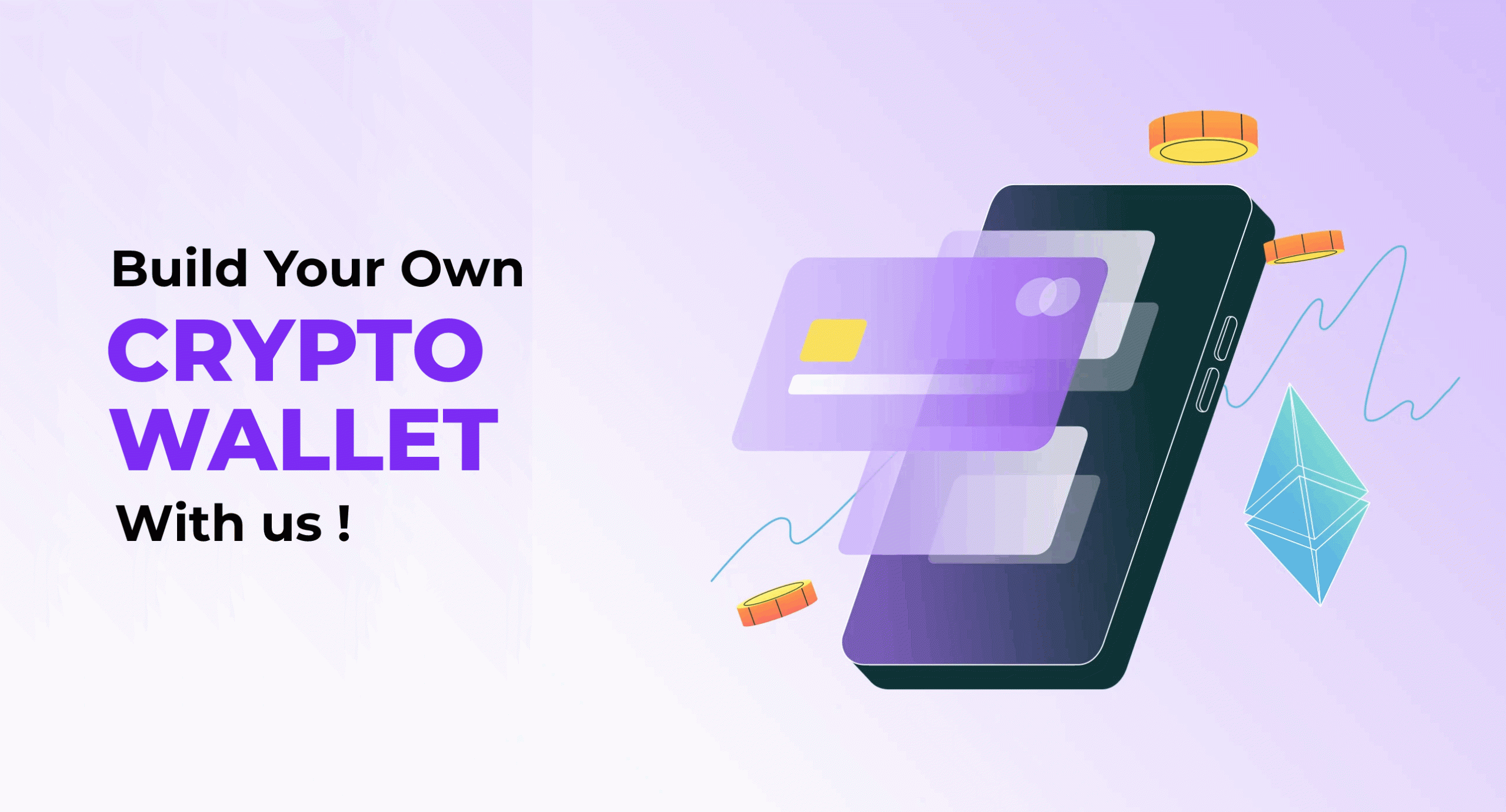Gojek is a very successful on-demand multi-service platform based out of Indonesia providing rides, food delivery, logistics and financial services to millions of users across Southeast Asia. Since launching in 2015, Gojek has expanded to over 50 cities and grown to become a decacorn valued at over $10 billion.
The success of Gojek lies in identifying key pain points of users like last mile transportation, hunger pains etc. and building an ecosystem of services to fulfil daily needs seamlessly through one application. This consolidated multi-service approach has won them a huge market share in Indonesia and neighbouring markets.
In this blog, we will discuss a framework to customize a Gojek-like multi-service super app with unique differentiating features catered for a new target market. The objective is to understand customer needs deeply, decide value propositions, integrate key services, develop tailored tech architecture and implement strategic marketing to scale the business.
Understanding customer needs and pain points
The first step is to conduct in-depth market research to identify target customer segments and understand their key priorities, pain points as well as expectations from an application handling their daily life services.
Surveys and focus group discussions with potential users can provide qualitative insights. Questions should centre around daily commuting issues, food ordering habits, online/mobile payments preferences, shopping patterns, local service requirements etc. Demographic filters like age, income, location etc. help segment users.
Customer pain point analysis reveals issues like long wait times for taxis during peak hours, delivery charges adding to food costs, queues at stores/banks, finding reliable local vendors etc. Understanding from the customer’s shoes helps curate services better. Insights also discourage non-relevant offerings for the target market.
This research becomes the cornerstone for deciding value propositions that fulfill key user needs as well as build a differentiating multi-service proposition compared to competitors.
Deciding unique value propositions
After understanding customer needs, brainstorming sessions should identify 2-3 innovative services or features not commonly available in the target market. These become the unique value propositions (UVPs) that set the customized app apart.
For example, some potential UVPs could be hyperlocal errand running and task fulfilment within 1 hour, same day parcel pick-up and delivery, 1-hour cooking classes/tutorials by local chefs, multi-city ride-sharing options etc.
UVPs should solve deep pain points while leveraging the on-demand platform model. They form the backbone of the business model while traditional services like rides, food and payments play a supporting role.
Initial customer and investor surveys help validate top UVP ideas. Resources are then focused on developing these differentiating offerings as priority over others. Communicating clear unique value from the beginning builds competitive edge and is important for marketing. Checkout: https://zipprr.com/gojek-clone/
Integrating ride-hailing and vehicle options
Building ride-hailing as a key service on the platform requires evaluating city infrastructure and common transportation modes suitable locally. Beyond cars, options like bike taxis, electric vehicles, carpooling could be integrated based on use cases.
Multiple vehicle categories from budget to luxury need integrating – sedans, SUVs, auto rickshaws depending on occasions and price-sensitivity of target users. Rides can be scheduled on-demand or via a daily/weekly subscription model for regular commuters.
Advanced features allow splitting fare among multiple co-passengers, choosing vehicle type and preferred drivers, tracking live ride status. Integrating with public transit apps offers first-mile last-mile connectivity.
Fine-tuning pricing dynamically based on demand-supply, traffic conditions, surge pricing, member discounts optimizes operator earnings as well as user experience. Over time, alternative green vehicles, autonomous options could be explored based on technology maturity.
Developing food delivery capabilities
Focusing on a critical user need, the platform partners with restaurants, cloud kitchens and dark stores offering meals, beverages, snacks etc. through an organized food delivery vertical.
Beyond standard menus, value-adds like combo meals, seasonal themes promote discovery. Customizable options allow choosing ingredients, spice levels, deliver times. Loyalty programs reward repeat orders.
Partnering with local favourites leverages community connect while working with chain outlets and cloud kitchens boosts supply. Alcohol delivery when regulations allow broadens the basket. Flowers, grocery add-ons target holistic needs.
Standardized processes train delivery partners, maintain hygiene and reduce delays. Temperature-controlled containers keep food fresh. Tracking ensures transparency. Customer and merchant panels manage orders, payments and feedback seamlessly.
Quality control, affordable commissions incentivize more vendors to on-board building critical network density nationwide faster. Aggregated demand creates volumes benefitting all stakeholders.
Enabling logistics and parcel delivery
Leveraging the widespread transport network built for mobility services, a logistics integration allows the app to offer scheduled and on-demand parcel pick-up and delivery services between individuals and businesses.
Partnerships integrate local courier services, consolidators to expand footprint. Advanced features allow track and trace capability, customizable delivery slots, insuring high-value shipments etc. Standard/bulk rates benefit frequent users.
Integrating with vendor inventory and order systems facilitates last-mile fulfilment for e-commerce sites as well as store deliveries for businesses nearby. This encourages local shop discovery too while boosting delivery self-sufficiency of MSME retailers.
Bundling parcels optimizes route efficiency. Catering to urgent document/package deliveries becomes a value-add. Over-time opportunity exists in 3PL, reverse logistics too with investment in specialized fleets/warehouses based on demand evolution.
Developing payment and financial services
Introducing digital payments capability on the platform forms the backbone enabling transactions for all services, encouraging cashless usage.
Popular UPI/mobile wallet solutions allow quick P2P/P2B fund transfers. Options to pay bills, recharges, subscriptions make the app a single point for routine finance management.
Merchant payments, settlements happen seamlessly in the back-end daily. Advanced features permit splitting bills, requesting/sending digital invoices and receipts.
Tapping opportunities emerging in India’s burgeoning fintech sector, services like micro-insurance, savings plans, loans are piloted based on partnerships with leading players while complying with regulatory norms.
Well-designed reward programs, buy-now-pay-later schemes boost frequent usage across all verticals. Driving finserv adoption alongside core services strengthens engagement and monetization potential over the long run for stakeholders.
Adding local commerce and hyperlocal services
Beyond large vendors, the app engages directly with neighbourhood merchants, kiranas, pharmacies etc. enabling consumers place orders online.
This addresses issues around scouting different local shops in person. Standard merchant management dashboard streamlines onboarding, order management, payments, service-level benchmarks etc. Digitally empowering such enterprises boosts reach.
Hyperlocal services allow on-demand fulfilment of urgent errands, tasks within a locality through on-field executives – picking household items, visiting government offices, standing in queues etc. Customizable packages suit various needs and lifestyles.
Designing a robust loyalty & rewards program
A well-designed loyalty program drives higher engagement and repeat usage at reduced customer acquisition costs. Earning points on transactions encourages in-app instead of other channels.
Targeting frequent usage occasions like weekly grocery orders or daily commute through themed reward campaigns activate users. Points redemption against bill discounts, merchandise gifts make rewards more relevant and aspirational.
Implementing a seller/merchant management system
Growing network effects require onboarding local merchants seamlessly onto the platform. A dedicated merchant app/portal simplifies KYC, catalog/menu management, order/delivery processes.
Developing robust technical architecture
All modules need integrating through a scalable, easy to maintain tech backbone driving the super app experience smoothly on mobility. Microservices based architecture ensures modularity, speed and resilience.
Core services are containerized maintaining high availability, with an API gateway facilitating third-party access seamlessly. Event-driven serverless cloud functions optimize costs. Automated testing/deployment pipelines boost productivity.
Data lakes powered by streaming analytics deliver real-time insights across services for personalization and optimizations.
Continuing the technical architecture section
ML/NL capabilities make consumer interactions more natural. Geospatial technologies optimize routing and capacity utilization.
Predictive algorithms suggest Hyperlocal tasks/services. Real-time demand supply matching improves efficiency across rides/delivery verticals.
Running successful marketing campaigns
To create awareness and activate users, aggressive multi-channel marketing campaigns are crucial initially leveraging digital promotion best practices.
Social media featuring influencer endorsements, UGC content builds early buzz cost-effectively targeting key demographics. Partnerships enable cross-promotions via affiliate channels, co-branded communications.
Referral programs rewards existing members for new sign-ups to encourage word-of-mouth. Customized push notifications reinforce value propositions contextually when consumers need it most.
Future roadmap and expansion plans
Going forward, the platform looks to consolidate leadership in existing markets while exploring new geographies and capabilities based on evolving customer and market demands.
Strategies involve launching in adjoining cities/regions through localized offerings initially keeping operations nimble. Partnering with regional players for local insights and networks may aid faster penetrations.
Constant development of new value adding services like hyperlocal deliveries, organized neighborhood groups utilize spare capacities. Value-chain integrations with insurance, lending players opens cross-sell opportunities.
Conclusion
In conclusion, customizing a Gojek-inspired multi-service super app focused on local needs, with relevant value adds and unique differentiating propositions holds significant potential to address gaps in target markets. Leveraging a platform model to develop an ecosystem integrating transportation, hyperlocal services, food delivery, payments in a consolidated way has proven highly successful.
Marrying strong user understanding, innovative services delivering instant utility, well-designed loyalty programs alongside robust technical architecture and strategic marketing yields the successful formula. While the market remains open to disruption, adherence to customer-centricity throughout expansion and constant innovation determines leading players of tomorrow.




